Hunting dark matter with DNA
Updated: 2012-10-31 15:30:07
 On July 4, scientists around the world popped open champagne bottles and toasted the culmination of nearly five decades of research. They had discovered a new particle, one that looked awfully similar to the long-sought Higgs boson.
The Higgs boson has for decades been the last missing piece of the Standard Model of particle physics. But even if the new particle completes the puzzle, some of its pieces still refuse to fit.
On July 4, scientists around the world popped open champagne bottles and toasted the culmination of nearly five decades of research. They had discovered a new particle, one that looked awfully similar to the long-sought Higgs boson.
The Higgs boson has for decades been the last missing piece of the Standard Model of particle physics. But even if the new particle completes the puzzle, some of its pieces still refuse to fit. A treasure trove of dark-matter detectors rests within the deep reaches of Italy's Apennine Mountains as part of Gran Sasso National Laboratory. The mountains shield the detectors from cosmic rays, making them highly sensitive to dark-matter particles.
A treasure trove of dark-matter detectors rests within the deep reaches of Italy's Apennine Mountains as part of Gran Sasso National Laboratory. The mountains shield the detectors from cosmic rays, making them highly sensitive to dark-matter particles.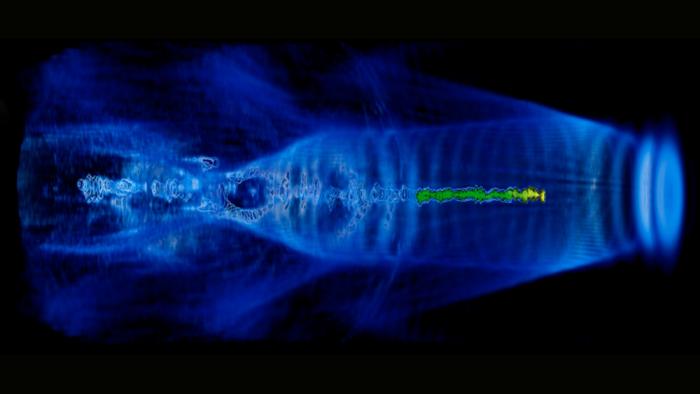 Seeking less costly, more efficient means of particle acceleration, physicists are developing new types of machines that zip particles to high energies in short distances. One promising method harnesses the power of plasma, accelerating electron bunches on the crest of plasma waves. Physicists recently discovered a way to measure the focus of such a beam, despite the fact that the plasma would melt traditional diagnostic tools.
Seeking less costly, more efficient means of particle acceleration, physicists are developing new types of machines that zip particles to high energies in short distances. One promising method harnesses the power of plasma, accelerating electron bunches on the crest of plasma waves. Physicists recently discovered a way to measure the focus of such a beam, despite the fact that the plasma would melt traditional diagnostic tools. : Log in Email Password Remember me Your login is case sensitive I have forgotten my password Register now Activate my subscription Institutional login Athens login close My New Scientist Home News In-Depth Articles Blogs Opinion TV Galleries Topic Guides Last Word Subscribe Dating Look for Science Jobs SPACE TECH ENVIRONMENT HEALTH LIFE PHYSICS MATH SCIENCE IN SOCIETY Cookies Privacy Orphaned stars linger in dark matter haloes 20:22 24 October 2012 Space Joanna Carver , reporter Image : NASA JPL-Caltech Outcast stars stripped away by galaxy mergers may be trapped in the cocoons of dark matter that surround galaxies . If so , these stars would explain seemingly random smatterings of light in the infrared sky , which should illuminate studies of how the first galaxies formed and . grew The
: Log in Email Password Remember me Your login is case sensitive I have forgotten my password Register now Activate my subscription Institutional login Athens login close My New Scientist Home News In-Depth Articles Blogs Opinion TV Galleries Topic Guides Last Word Subscribe Dating Look for Science Jobs SPACE TECH ENVIRONMENT HEALTH LIFE PHYSICS MATH SCIENCE IN SOCIETY Cookies Privacy Orphaned stars linger in dark matter haloes 20:22 24 October 2012 Space Joanna Carver , reporter Image : NASA JPL-Caltech Outcast stars stripped away by galaxy mergers may be trapped in the cocoons of dark matter that surround galaxies . If so , these stars would explain seemingly random smatterings of light in the infrared sky , which should illuminate studies of how the first galaxies formed and . grew The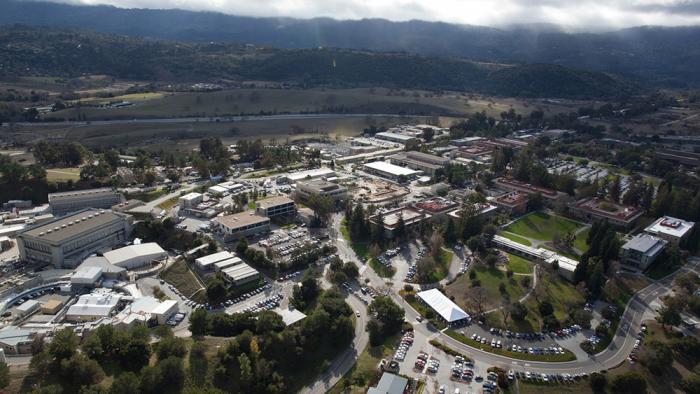 SLAC has a new director: X-ray scientist Chi-Chang Kao. Kao currently serves as Associate Laboratory Director for SLAC's Stanford Synchrotron Radiation Lightsource and Acting Associate Laboratory Director for the lab's Photon Science directorate. He will assume the directorship on November 1.
SLAC has a new director: X-ray scientist Chi-Chang Kao. Kao currently serves as Associate Laboratory Director for SLAC's Stanford Synchrotron Radiation Lightsource and Acting Associate Laboratory Director for the lab's Photon Science directorate. He will assume the directorship on November 1. Gravitational waves were first predicted by Albert Einstein almost a century ago, but scientists have yet to observe them directly.
Gravitational waves were first predicted by Albert Einstein almost a century ago, but scientists have yet to observe them directly.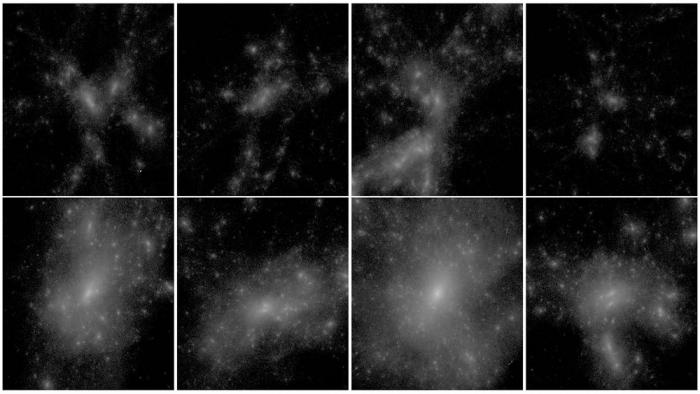 Scientists from the groups of professors Risa Wechsler and Tom Abel at the Kavli Institute for Particle Astrophysics and Cosmology, an institute run jointly by Stanford University and SLAC National Accelerator Laboratory, are busily crafting enough computer simulation tools to outfit a major stadium tour—if simulations were musical instruments and the KIPAC scientists a supergroup. They’ve managed to meld their different strains of software into the type of melody that dark matter just might dance to.
Scientists from the groups of professors Risa Wechsler and Tom Abel at the Kavli Institute for Particle Astrophysics and Cosmology, an institute run jointly by Stanford University and SLAC National Accelerator Laboratory, are busily crafting enough computer simulation tools to outfit a major stadium tour—if simulations were musical instruments and the KIPAC scientists a supergroup. They’ve managed to meld their different strains of software into the type of melody that dark matter just might dance to.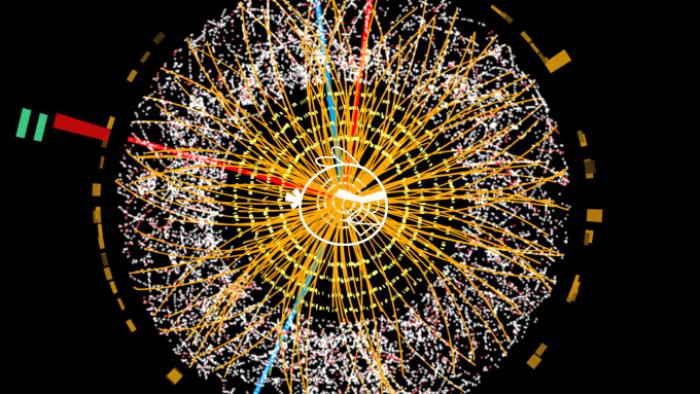 CERN and Angry Birds-creator Rovio announced last Friday that they will team up to produce a learning program for children between 3 and 8 years old.
The partnership will focus on the Angry Birds Playground brand, which is designed to make learning about physics fun and accessible for all ages. It is based on Finland’s national kindergarten curriculum.
CERN and Angry Birds-creator Rovio announced last Friday that they will team up to produce a learning program for children between 3 and 8 years old.
The partnership will focus on the Angry Birds Playground brand, which is designed to make learning about physics fun and accessible for all ages. It is based on Finland’s national kindergarten curriculum. The Royal Swedish Academy of Sciences has awarded the 2012 Nobel Prize in physics to two scientists who developed groundbreaking experimental methods that are the first steps toward building a new type of supercomputer known as a quantum computer. Their research has also led to the construction of extremely precise clocks that may replace present-day atomic clocks.
The Royal Swedish Academy of Sciences has awarded the 2012 Nobel Prize in physics to two scientists who developed groundbreaking experimental methods that are the first steps toward building a new type of supercomputer known as a quantum computer. Their research has also led to the construction of extremely precise clocks that may replace present-day atomic clocks.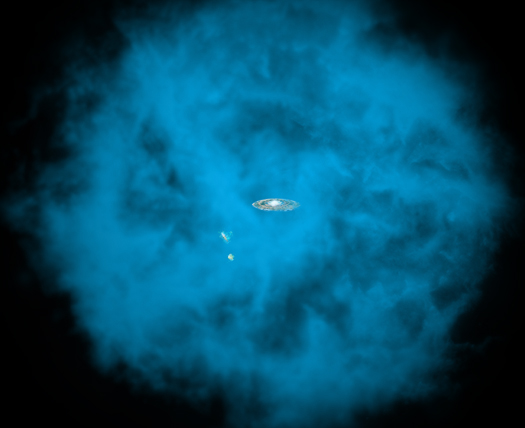 Astronomers have used NASA's Chandra X-ray Observatory to find evidence our Milky Way Galaxy is embedded in an enormous halo of hot gas that extends for hundreds of thousands of light years.
Astronomers have used NASA's Chandra X-ray Observatory to find evidence our Milky Way Galaxy is embedded in an enormous halo of hot gas that extends for hundreds of thousands of light years.